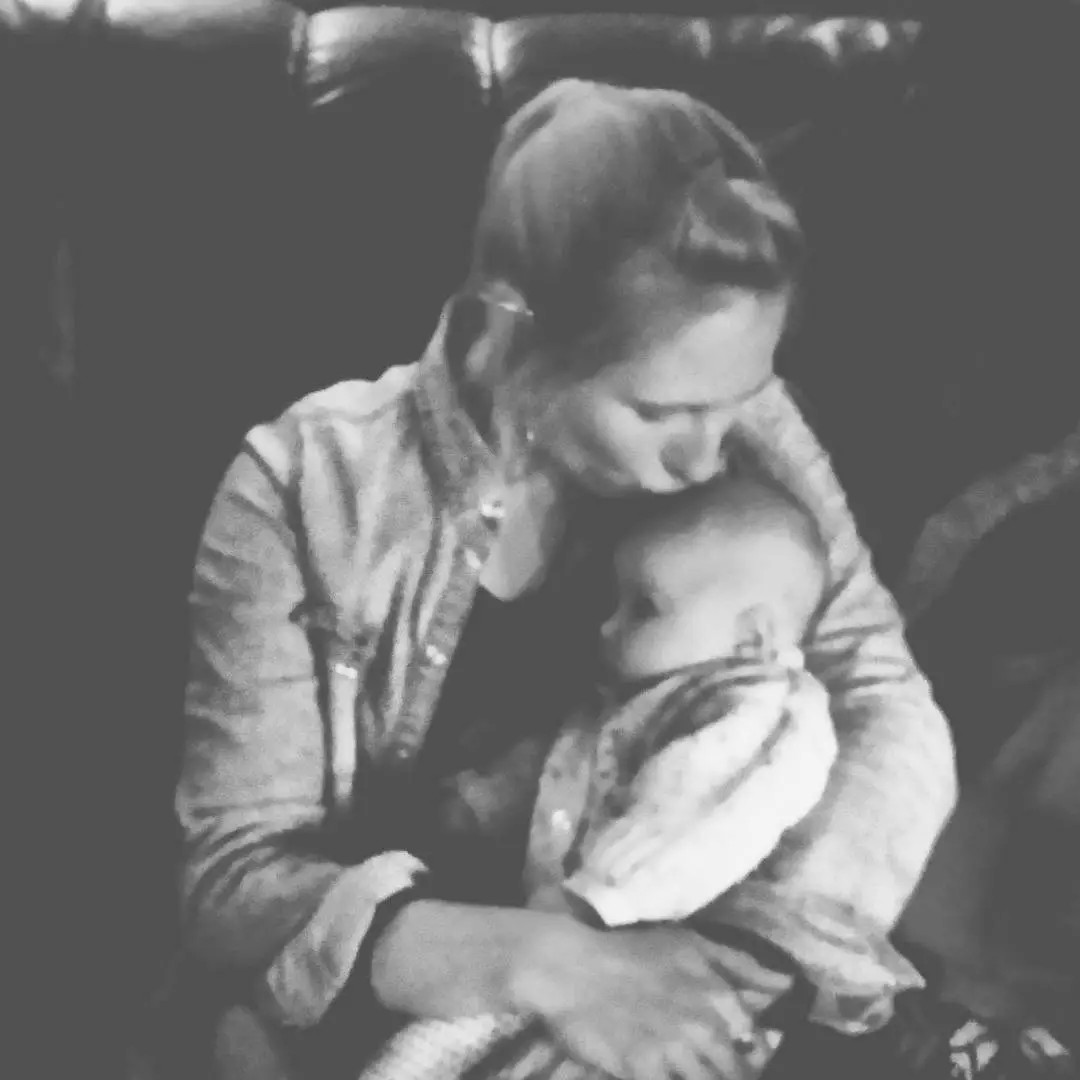One of the scariest propositions I had to face as a mother was how to wean my child. If there was a worst-case scenario to consider about weaning, I am sure I imagined it. I was afraid I would get it wrong and traumatize my toddler in the process. The fear kept me paralyzed for a time.
I can now attest to the fact that I have lived through weaning, and have come out the other side with a well-adjusted child in tow. Let me offer my thoughts on how you can successfully wean your toddler without the nightmares.
In this article:
Decide
Perhaps the most important step in the weaning process is your decision to commit to the journey. This is especially true if your toddler hasn’t shown any interest in weaning him or herself.
Weaning is a natural and expected part of your child’s growth. Even still, that doesn’t erase the accompanying emotions and potential challenges that come with weaning. That’s why you need to be ready to embrace the whole of the process yourself.
Why you wean and when you wean is a personal one. It’s a decision that will vary from mom to mom. Your reasons for beginning to wean your toddler may be very different from someone else’s and that is absolutely fine.
Take time to consider your reasons for weaning, accept those reasons, and then choose to move ahead. Understanding and remembering your motivation to begin the weaning process can be a tremendous benefit to you in the moments when you may be tempted to give up or give in.
Consider these kinds of questions as you work through your decision to wean your toddler:
- Why am I considering the idea of weaning?
- Why do I believe this is the best decision for me and my toddler?
- What are the benefits I see for beginning the weaning process now?
- What is to be gained by means my toddler upon successful weaning?
- What date will I begin the weaning process?
Successful weaning starts with a decision, and you should feel confident and sure about that decision. Know and remember why you are deciding to wean your toddler. It will serve you well in this wonderful, and sometimes unpredictable, process.
Communicate
Once you have decided to begin weaning your toddler, it’s a good idea to prepare your toddler for the process too. Children thrive on routine and the slightest change can upset the balance in their world. Weaning can bring about significant change for your toddler. Using gentle words and reassuring touch, you can clearly communicate your unchanging love and care for them in the midst of a potentially difficult time.
Your toddler is young, but that doesn’t mean they don’t need explanations. Talk with your toddler about why you won’t be nursing them as often. Describe how life will look when weaning is occurring and complete. Your words don’t need to be fancy or technical, they just need to be understandable.
Talking to your toddler about how all things, including them, change with growth, can help them process the changes they are experiencing during weaning. Looks for ways to celebrate their growth through this weaning process that affirms the new habits and routines you are establishing.1How and When to Wean Your Toddler
whattoexpect.com
Because breastfeeding has provided your toddler with comfort and security, the process of weaning may contribute to an increased sense of insecurity or fear. Use your words to reassure your toddler that you are still present for them. Speak calmly and consistently of your unconditional love for them. Give extra hugs or cuddles as a way to communicate they are still cared for and safe.
Remember to be patient, with both yourself and your toddler. Your decision to begin weaning probably took some time for you to adjust to and the same will be likely for your toddler. Communicating intentional care through your words and actions can go a long way to reduce your toddler’s stress and anxiety.

Modify
The weaning process will require incremental changes to the breastfeeding and/or pumping schedule. You are the best-qualified expert as to what steps will be most effective for you and your toddler in this process. Do your research and then trust your gut.
Weaning always holds the potential for engorgement or clogged ducts. Look to adopt a modified feeding schedule that will avoid the greatest possibility of discomfort for you.
Your toddler’s unique personality and needs will influence how you choose to implement the gradual adjustments to the breastfeeding schedule. Here are a few practical steps you can take to modifying your toddler’s feedings.
- Shorten Feedings: Weaning can begin by shortening the amount of time you allow your toddler to feed. Determine the length for the feeding and let your child hoot know when the feeding is done. You might set a timer and tell your toddler that the ringing means the feeding is over. Maybe you, or an older sibling, could sing a song and once the song is done the feeding ends. Be creative with ways that might help your toddler understand the shortened duration for nursing.
- Skip a Feeding: You might decide to wean by skipping a particular feeding in your regular routine. Daytime feedings are often some of the easier to forego. This skipped feeding might be led by you or perhaps your toddler will naturally tend toward foregoing a particular feeding. If so, follow their lead and embrace the modification they have initiated.
- Distraction: Toddlers, by nature of their stage of development, have short attention spans. Distraction, therefore, can serve as a helpful tool during the weaning process. When your toddler asks for additional feedings or is struggling to accept a skipped feeding, find ways to shift their focus. Perhaps you can introduce a new toy during this time, or offer an alternative snack. If your schedule allows, you might even consider making a change to the regular family activity during that skipped feeding in an effort to distract your toddler during this transitional time.2Weaning your toddler
babycenter.com - Gently Nix On-Demand Feeding: If you have a toddler who is unpredictable in their feeding schedule, weaning might mean setting a schedule of feeding times and lengths and sticking to it. If your toddler asks to be nursed in-between those scheduled times, find loving ways to redirect their attention to other activities. You may sense your toddler is asking for additional feedings for the sake of comfort. If this is the case, consider other ways you can communicate your love and their safety without reverting back to breastfeeding. Some breastfeeding moms are not comfortable with the idea of refusing their child should they ask to nurse. That is fine. Keep in mind, this process is yours. You are free to make the calls about this weaning process is implemented. Choose what you believe is best for you and your toddler.3Infant and toddler health
Print
mayoclinic.org
Support
You and your toddler might need an extra measure of outside support during the wean process. Find “your people.” Seek out a few dependable persons who will walk with you through the entire journey of weaning your toddler. This small team of supporters can provide you with added strength and sanity in the hard moments.
If your toddler is struggling to wean for a nap time or bedtime feeding, ask your support team to assist with that particular shift until your toddler have become accustomed to the adjustment.
Don’t be afraid to ask for help in these transitions. Having faithful people in your corner can make a huge difference.4HOW DO I WEAN MY BABY?
llli.org
In addition, continue to support your toddler’s process too. Offer encouragement, snuggles, and plenty of quality time for your child. In this way, they will learn that weaning doesn’t equate to a lack of attachment with you.
How long will it take to wean my toddler?
Weaning a toddler takes as long as it takes. There is no proper timeframe on this process. Every mother and toddler are unique and your weaning journey will be unique too. You are best equipped to determine the ideal rate of change for your toddler in the weaning process.
Throughout the weaning process, closely monitor your toddler’s mood and temperament. If you see signs of increased fussiness or separation anxiety, you may want to slow down the pace of weaning.
Remember, weaning is about incremental change. How quickly those gradual changes are implemented is up to you and your toddler.
Give yourself permission to allow the process to last as long as it needs to last. Take the time you need to create as smooth a weaning process as possible.
Don’t give up. It will happen.5Weaning: How does it happen?
kellymom.com
What about proper nutrition during and after weaning?
Breastfeeding offers an excellent source of nutrition for your child. As you begin the weaning process, your toddler’s nutrition will come increasingly from the food they eat, instead of their feedings.
Look for ways to incorporate healthy foods that provide the necessary vitamins and nutrition they need for their continued growth.
Don’t forget to consult with your family doctor or pediatrician about your toddler’s nutrition during weaning. 67 TIPS TO GENTLY WEAN YOUR BREASTFEEDING TODDLER
sleeplady.com
Never fear. Weaning doesn’t have to be a nightmare. Take a deep breath and remember weaning is a natural part of the process of growth. There may be difficult days in the midst of the transition, but weaning your toddler is possible.
You can do it, and you can do it well.









